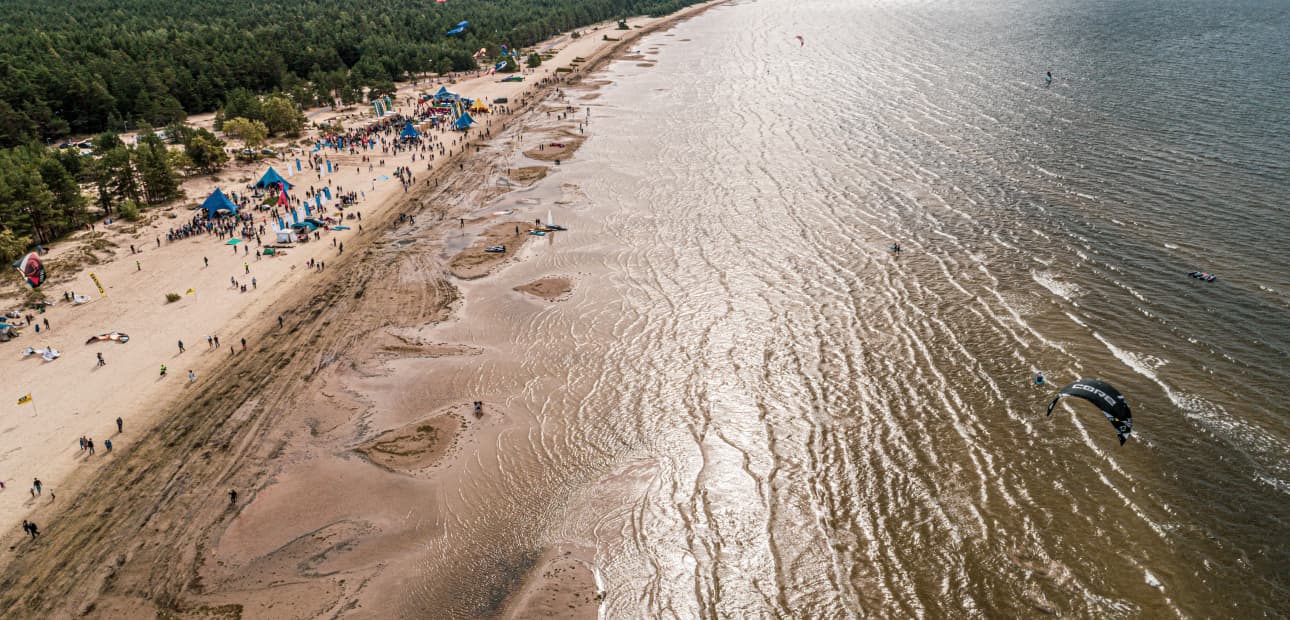Self-protection principle
VVER and RBMK reactors have a configuration of the reactor core ensuring “self-protection” or “self-regulation” of the reactor. When the reactor power increases and, consequently, the temperature of the reactor core rises, the nuclear reaction dies out due to natural feedback.
In order to stop the chain reaction quickly and efficiently, neutrons involved in this process must be absorbed. An absorber (boron carbide) is used to accomplish this. Rods made of boron carbide are inserted into the reactor core to reduce the neutron flux level or to shut down the reactor completely.
Electromagnets are used as the drives for the rods to ensure their immersion into the reactor core. This principle guarantees that the rods will drop even if the power unit is de-energized: the powered down electromagnets will stop holding the absorber rods and these will drop down by gravity.
Another way to stop the chain fission reaction is to increase the concentration of boric acid in the coolant: where necessary, the boric acid solution is used by numerous emergency systems.
Multiple redundancy of safety channels
Generation 3+ VVER power units employ 4 independent safety system trains, each of which can fulfill the functions of the entire system. Each channel has its own reserves of the boric acid solution. Standby power supply is ensured by diesel generators and batteries.
The main feature of the VVER-1200 is a unique combination of active and passive safety systems.
More specifically, the following devices are used at a unit with a VVER-1200 reactor: a core catcher - a device used to catch molten fuel in the nuclear reactor core, a system for passive heat removal through steam generators intended to ensure prolonged heat removal from the reactor core in the absence of any power sources, etc.

